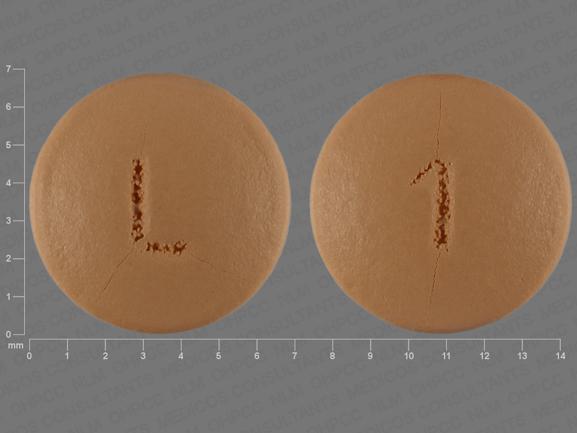Trospium and Alcohol/Food Interactions
There are 2 alcohol/food/lifestyle interactions with trospium.
Alcohol (Ethanol) Trospium
Moderate Drug Interaction
Ask your doctor before using trospium together with ethanol (alcohol). Use alcohol cautiously. Alcohol may increase drowsiness and dizziness while you are taking trospium. You should be warned not to exceed recommended dosages and to avoid activities requiring mental alertness. If your doctor prescribes these medications together, you may need a dose adjustment to safely take this combination. It is important to tell your doctor about all other medications you use, including vitamins and herbs. Do not stop using any medications without first talking to your doctor.
Trospium Food/Lifestyle
Moderate Food Interaction
Trospium should be taken on an empty stomach 1 hour before or 2 hours after a meal unless otherwise directed by your doctor. You may experience reduced absorption of trospium in the presence of food. This will make it easier for your body to absorb the medication.
Switch to professional interaction data
Trospium drug interactions
There are 318 drug interactions with trospium.
Trospium disease interactions
There are 6 disease interactions with trospium which include:
- gastrointestinal retention
- narrow angle glaucoma
- urinary retention
- alcoholism
- hepatic impairment
- renal impairment
More about trospium
- trospium consumer information
- Check interactions
- Compare alternatives
- Pricing & coupons
- Reviews (68)
- Drug images
- Side effects
- Dosage information
- During pregnancy
- Drug class: urinary antispasmodics
- En español
Related treatment guides
Drug Interaction Classification
| Highly clinically significant. Avoid combinations; the risk of the interaction outweighs the benefit. | |
| Moderately clinically significant. Usually avoid combinations; use it only under special circumstances. | |
| Minimally clinically significant. Minimize risk; assess risk and consider an alternative drug, take steps to circumvent the interaction risk and/or institute a monitoring plan. | |
| No interaction information available. |
See also:
Further information
Always consult your healthcare provider to ensure the information displayed on this page applies to your personal circumstances.


